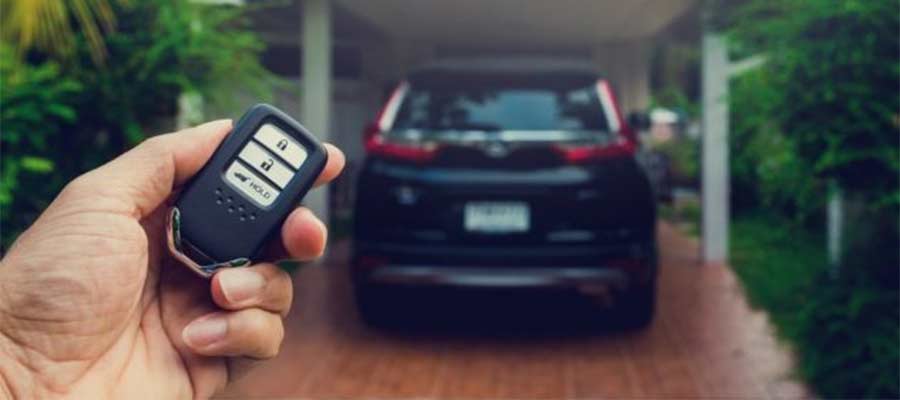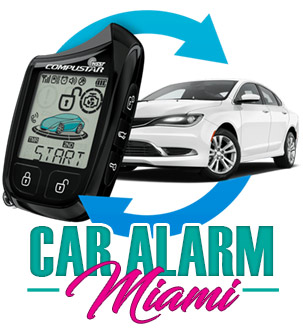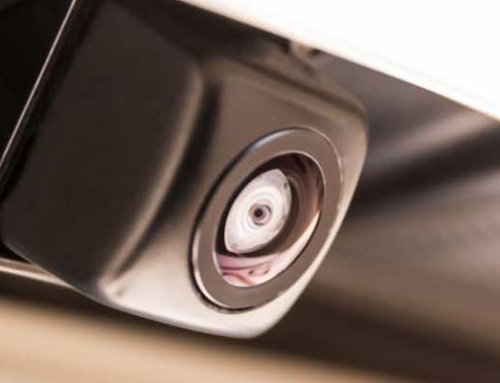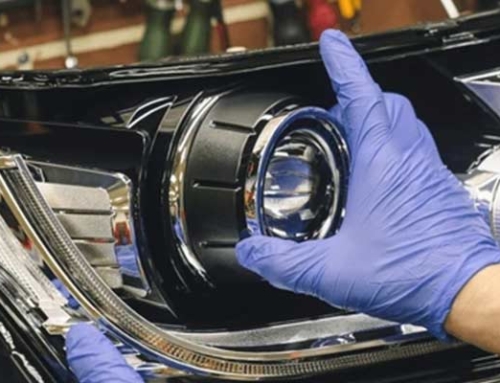
Remote start technology in cars has made driving easier and more comfortable. You can start your car from far away by pressing a button. This lets you warm up the engine or cool down the inside before you get in.
But, even though remote start is helpful, there are some downsides to it. In this article, we’ll talk about the bad things about remote start that you might not think about right away.
6 Disadvantages of remote-start in cars
1. Increased Vulnerability to Theft
One significant drawback of remote start systems is the heightened vulnerability to theft. While modern systems come equipped with security features, including encryption and rolling codes, they’re not entirely immune to hacking or bypassing.
Skilled thieves may exploit weaknesses in the system, potentially gaining unauthorized access to the vehicle and even disabling security measures. Additionally, leaving a car running unattended—even for a brief period—presents an opportunity for opportunistic theft.
2. Impact on Fuel Consumption
Remote starting a car to warm up the engine during cold weather or cool down the interior on hot days may seem like a luxury, but it comes with a cost. Idling consumes fuel, and depending on the duration and frequency of remote starts, it can contribute to increased fuel consumption and emissions.
Over time, this additional fuel usage can have a notable impact on both the environment and the driver’s wallet, particularly in regions where fuel prices are high.
3. Wear and Tear on the Engine
Another disadvantage of remote start systems is the potential for increased wear and tear on the engine. When a car is started remotely, the engine begins running without the benefit of the initial warm-up period that occurs when starting it manually.
This abrupt start can lead to increased friction and stress on engine components, potentially shortening their lifespan. Additionally, frequent remote starts, especially in cold weather, can prevent the engine from reaching optimal operating temperature, further exacerbating wear and reducing efficiency.
4. Battery Drainage
Remote start systems rely on the car’s battery to power the initial start-up process. While modern vehicles are equipped with robust batteries, frequent use of the remote start feature can contribute to accelerated battery drainage, particularly in older or weaker batteries.
In colder climates, where batteries are already under strain due to lower temperatures, this issue can be further exacerbated. A depleted battery not only compromises the reliability of the remote start system but can also leave the driver stranded if not addressed promptly.
5. Compromised Safety Features
New cars come with lots of safety features to keep people safe if there’s a crash. But, using remote start can mess with some of these safety features without you realizing it.
For instance, if you start your car from far away and leave it alone, it could be easier for someone to steal it, like we talked about before. Also, if your car’s in a closed space, like a garage, starting it remotely without opening the door could let dangerous gases like carbon monoxide build up, which can make people very sick or even cause death.
6. Regulatory Restrictions
In some places, there are rules about using remote start systems in cars. For example, some cities have laws against leaving your car running for too long to help keep the air clean.
Also, if using remote start causes an accident or damages property, there could be legal problems. It’s important for drivers to know the rules in their area about using remote start, so they don’t accidentally break the law.
Conclusion
Remote start technology makes it easier and more comfortable to start your car from a distance. But, it’s important to think about both the good and bad things it brings.
There are some downsides to remote start, like making your car more likely to be stolen, using more fuel, causing more wear and tear on the engine, draining the battery, affecting safety features, and facing rules and restrictions. To make the most out of remote start, it’s important to make smart choices and use it responsibly.
FAQs
- Is remote start bad for your car?
Remote start can potentially lead to increased wear on the engine due to abrupt starts and prolonged idling, affecting longevity.
- Does remote start use more gas?
Yes, remote start consumes fuel as the engine idles to warm up or cool down the interior, contributing to increased gas usage.
- Can remote start drain your battery?
Yes, frequent use of remote start can lead to accelerated battery drainage, especially in older or weaker batteries.
- Is remote start safe to use in enclosed spaces?
Using remote start in enclosed spaces like garages can lead to the buildup of harmful gases like carbon monoxide, posing health risks.
- Are there legal restrictions on remote start use?
Some regions have regulations limiting prolonged idling to mitigate pollution.





